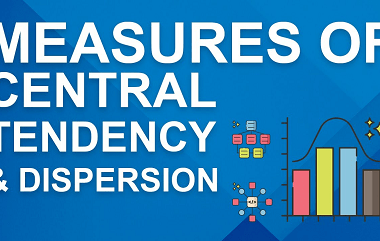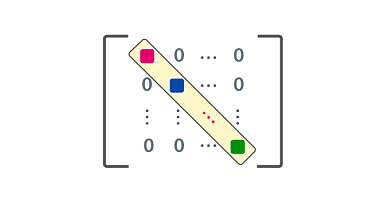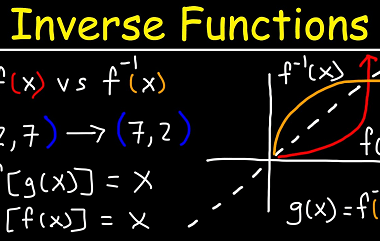Measure of central tendency and dispersion
Sure! Probability and statistics are two interconnected fields of mathematics that deal with the analysis and interpretation of data. A fundamental aspect of both of these fields is the concept of measures of central tendency and measures of dispersion. Measures of central tendency refer to the summary statistics that describe the most typical or representative…


